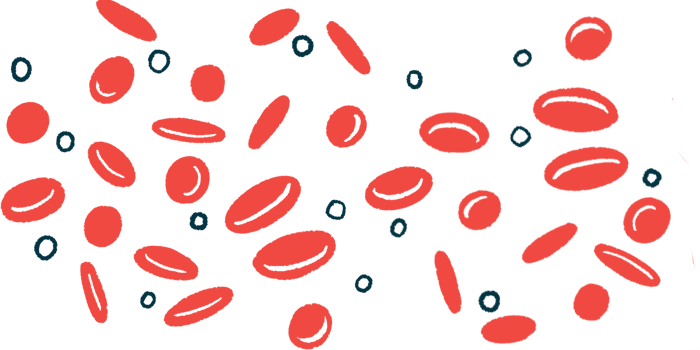Motixafortide for stem cell mobilization to be tested in SCD
Phase 1 clinical trial will assess drug as an alternative to mobilization regimens

The safety and feasibility of using motixafortide for stem cell mobilization in people with sickle cell disease (SCD) will be tested in a Phase 1 clinical trial.
Stem cell mobilization is an essential step for gene therapies, but currently used mobilization regimens can cause serious side effects in SCD patients. This Phase 1 trial aims to assess if motixafortide, alone or in combination with other agents, may be a potential alternative to these regimens.
BioLineRx, motixafortide’s developer, and the Washington University School of Medicine in St. Louis, Missouri, will collaborate on the planned trial. Enrollment is scheduled to begin in the second half of this year.
“We are excited to be advancing this important collaboration, which has the potential to ultimately support sickle cell disease gene therapy for patients,” Tami Rachmilewitz, MD, chief medical officer of BioLineRx, said in a company press release.
SCD is a genetic disorder in which mutations in the HBB gene result in the production of defective forms of hemoglobin — the protein in red blood cells that transports oxygen.
Gene therapies for treatment of sickle cell disease
Gene therapies aiming to restore the production of healthy hemoglobin have been developed and are being tested as potential treatments for SCD.
The first step in these therapies is the collection of a patient’s hematopoietic stem cells, cells in the bone marrow that can give rise to all types of blood cells. The second step involves expanding and genetically modifying these cells in a lab before returning them back to the patient.
For the first step, stem cell collection is usually done through a process called apheresis, where blood is drawn, stem cells are separated and collected, and the remaining blood cells are returned to the patient. To ensure enough cells are collected, patients are treated with a mobilization agent that induces the movement of hematopoietic stem cells from the bone marrow to the bloodstream.
However, standard mobilization agents, such as granulocyte-colony stimulating factor (G-CSF), can cause serious side effects in people with SCD, including painful vaso-occlusive crises.
“The common mobilization agent G-CSF is contraindicated in patients with sickle cell disease, significantly limiting their stem cell mobilization options. The development of novel mobilization regimens has the potential to overcome this unmet need for patients,” said John DiPersio, MD, PhD, director of the Center for Gene and Cellular Immunotherapy at Washington University School of Medicine, who is also the principal investigator of the trial.
How motixafortide works
Motixafortide (sold under the brand name Aphexda) is one such novel mobilization agent. It works by binding to a specific protein, CXCR4, which is involved in keeping stem cells inside the bone marrow. Motixafortide binding interferes with CXCR4’s function, thus releasing stem cells into the bloodstream.
The ability of motixafortide to increase stem cell mobilization for collection and later use has been successfully tested in other diseases, including multiple myeloma.
Now, a proof-of-concept Phase 1 trial (NCT05618301) is being planned to test the safety and feasibility of motixafortide in people with SCD. Its effects will be assessed when the therapy is used alone and in combination with natalizumab, an antibody-based therapy for multiple sclerosis sold under the brand name Tysabri that also has hematopoietic stem cell mobilizing capabilities.
The trial will enroll five adults with SCD who are undergoing red blood cell exchanges via apheresis. The primary objective is to assess the safety and tolerability of both treatment regimens. Secondary goals include measuring the number of mobilized cells and evaluate their movement from the bone marrow to the blood in response to motixafortide and motixafortide plus natalizumab.
This study is part of BioLineRx’s development of motixafortide across multiple therapeutic areas, including as a potential mobilization agent to use alongside gene therapies for disorders such as SCD.







